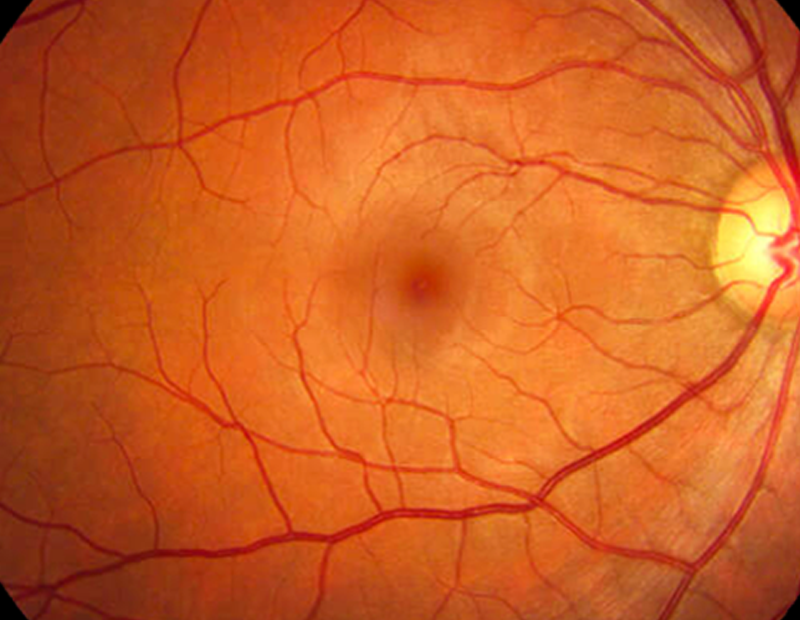WHAT IS DRY EYE SYNDROME?
Your tears function to protect the cornea and keep them lubricated and comfortable. Dry Eye Syndrome (DES) is due to decreased tear production, tear film instability, and quick evaporation of the tear film. It is caused when the tear glands in the upper and lower eyelids do not produce enough tears, or they don’t produce the right kind of tears. Symptoms include irritated eyes, scratchy, burning, redness, scratchy, foreign body sensation, sandpaper feeling, watery, itchy, and uncomfortable. Dry Eye Syndrome is quite often underdiagnosed and affects approximately 20% of our population.
WHAT CAUSES DRY EYE SYNDROME?
Dry Eye Syndrome has many causes, which explains why millions are affected. The most common causes include:
Tear production decreases with age (especially 40+ years of age). In fact, approximately 75% of individuals over age 65 suffer from Dry Eye symptoms.
Contacts are hydrophillic (water loving), therefore absorbs the moisture from your cornea and increases the dryness factor. Contact lens wear can causes tears to evaporate faster, causing discomfort, higher risk of infection, and/or increased protein deposits. Research shows that Dry Eye is the leading cause of contact lens intolerance.
Various hormonal changes associated with pregnancy, oral contra-ceptives and menopause can contribute to DES.
People who are exposed to smoke, air pollution, high altitude, sunny, windy, cold or dry air conditions are at risk for Dry Eye Syndrome.
There are several diseases and medications which can lower your ability to produce tears. Be sure to give your doctor a complete medical history. Oral contraceptive and allergy medications are two of many oral medications that can cause dry eyes. Patients with acne rosacea, diabetes, glaucoma, rheumatoid arthritis, and many other diseases can also have dry eyes.
An immune system disorder characterized by inflammation and dryness of the mouth, eyes and other mucous membranes. This disorder damages the lacrimal glands and affects tear production.
Following various ophthalmic surgical procedures such as Lasik Vision Correction and Cataracts Surgery may develop Dry Eye. Many patients have benefited from temporary punctal occlusion following such procedures.
WHAT TREATMENTS ARE AVAILABLE?
Depending on the intensity of the condition, treatment may be as simple as using artificial tears a few times a day to prescription eyedrops for dry eyes. In more persistent cases, however, a simple non-surgical procedure is available that provides long-term relief of Dry Eye Syndrome through the use of tiny plugs called “punctal occluders/punctal plugs.”
WHAT ARE PUNCTAL OCCLUDERS?
As the name suggests, these devices occlude (block) the punctum, or tear duct, which is the drainage duct that carries tears away from the surface of the eye. There are upper and lower punctum ducts in the inner corner of each eye. Blocking these drainage ducts prevents tears from draining away too quickly. Punctal occlusion can be compared to putting a stopper in a sink drain, keeping the tears on the eye’s surface for longer periods. This widely performed procedure is safe, quick, painless, and totally reversible.

DRY EYE CHECKLIST
- Red eyes
- Burning
- Itching
- Foreign Body Sensation
- Sandy or Gritty Feeling
- Light Sensitivity
- Watery Eyes
- Occasional Tearing
- Constant Tearin
- Pain or Soreness in or Around Eyes
- Tires Eyes
- Contact Lens Discomfort
- Decreased Contact Lens Tolerance
- Seasonal Allergies
- Dry Throat or Mouth
- Arthritis / Joint Pain



